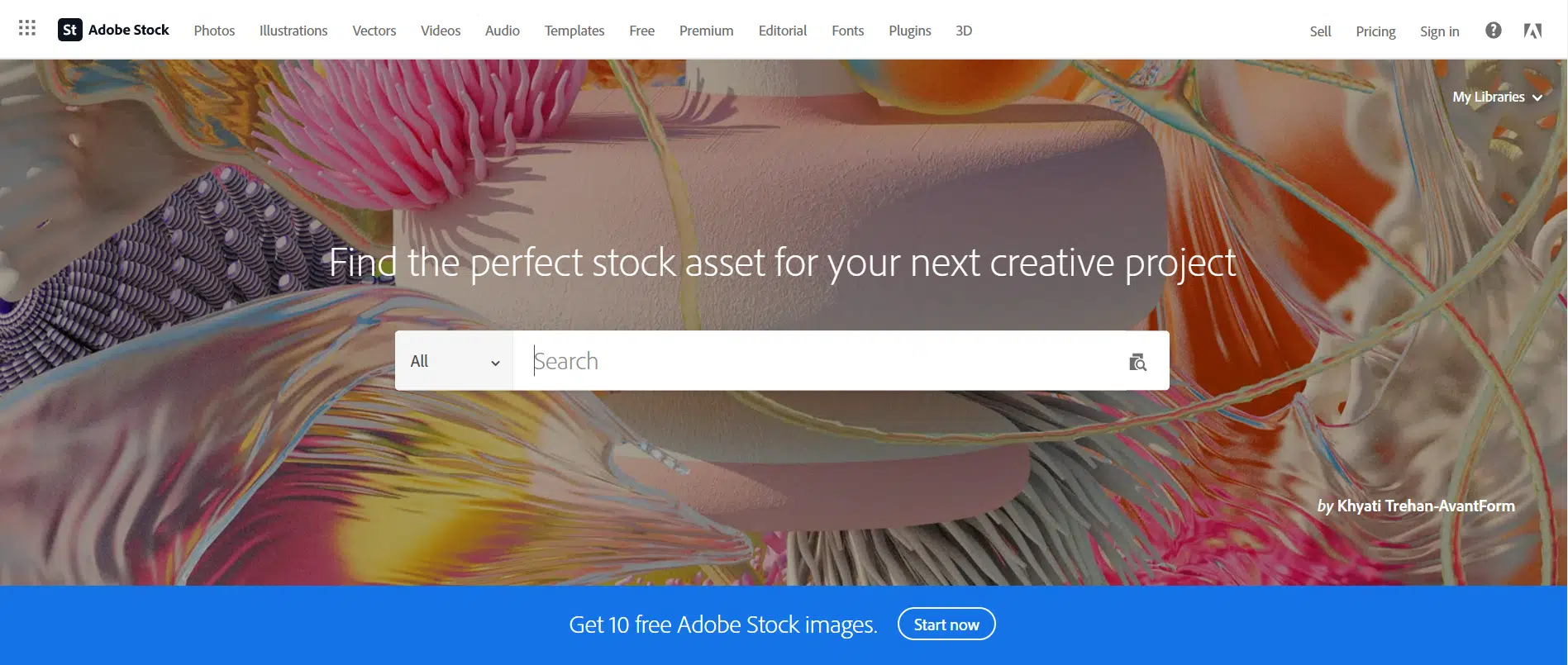Stock splits can often seem a bit mysterious, especially if you're new to investing. Simply put, a stock split is an action taken by a company to divide its existing shares into multiple new shares. This increases the number of shares outstanding while reducing the nominal value of each share. But why do companies do this? Let's break it down.
One of the primary reasons for a stock split is to keep the stock price within a target range that attracts more investors. For instance, if a stock's price skyrockets to a point where many everyday investors can no longer afford it, the company might decide to split its shares. This not only makes the shares more accessible but can also generate more trading volume and liquidity.
Here's a quick summary of stock splits:
- Types of Stock Splits: These typically include standard splits (like a 2-for-1 split) and reverse splits, where a company reduces the number of outstanding shares.
- Impact on Shareholders: While the number of shares increases, the overall value of the investment remains unchanged immediately after a split.
- Market Perception: Stocks that announce splits are often viewed positively, as they may signal strong performance and confidence from the company.
Ultimately, understanding stock splits is essential for any investor, as it plays a significant role in the stocks they choose and the market dynamics surrounding them.
Overview of Adobe Inc.

Adobe Inc. has established itself as a titan in the realm of creativity and design software. Founded in December 1982, the company is renowned for its groundbreaking products like Adobe Photoshop, Illustrator, and Acrobat. With over 22,000 employees and a global presence in more than 75 countries, Adobe has transformed the digital landscape.
One of Adobe's hallmark products, Adobe Creative Cloud, offers a subscription-based model that provides access to an array of applications and services. This model has significantly contributed to Adobe's revenue stream, enabling it to pivot away from traditional software sales to a more sustainable and recurring revenue system.
Here are some key aspects of Adobe Inc.:
| Key Aspect | Description |
|---|---|
| Headquarters: | San Jose, California, USA |
| Key Products: | Photoshop, Adobe Illustrator, Adobe Acrobat, Adobe Premiere Pro |
| Revenue Stream: | Primarily from subscription-based models via Adobe Creative Cloud |
| Market Cap: | As of 2023, approximately $150 billion |
Adobe has not only revolutionized the creative world but has also embraced innovations like artificial intelligence with Adobe Sensei, which enhances creative workflows. Their continuous commitment to quality and innovation has solidified Adobe's position as a market leader and a favored choice for creative professionals worldwide.
Also Read This: Understanding Why My Adobe Stock Photos Are Pixelated in Photoshop
Historical Stock Splits of Adobe

Adobe Inc. has a storied history, and its stock splits tell an interesting tale of growth and strategic financial decision-making. The company's journey as a publicly-traded entity began in 1986, and over the years, they have executed several stock splits, which are pivotal events for investors. Here's a brief overview of Adobe’s historical stock splits:
- August 1990: The first stock split occurred, with a 2-for-1 split that doubled the number of shares available, making shares more affordable for a wider range of investors.
- June 1997: Adobe shareholders saw another 2-for-1 stock split. Such splits typically aim to enhance liquidity in trading, often attracting new investors.
- December 2000: The company decided to split its shares again, this time also executing a 2-for-1 split. At this point, Adobe was gaining traction in the software marketplace, and the increased share count reflected a growing confidence in its future.
- April 2015: As Adobe continued to expand its offerings in digital media and cloud solutions, the company implemented its most recent 2-for-1 split. This decision opened up ownership to more retail investors and reflected the company’s commitment to long-term growth.
These splits were not just arbitrary decisions; they reflect a broader trend of confidence in Adobe's financial health and market position. Each time, the splits made shares more accessible and led to heightened trading volumes, providing flexibility for investors to engage with the stock.
Also Read This: Optimizing Your LinkedIn Headline as a Recent Graduate
The Reasons Behind Stock Splits
So, why does a company like Adobe choose to split its stock? There are several strategic reasons behind stock splits, and understanding them can shed light on a company's overall business strategy:
- Enhancing Liquidity: By increasing the number of shares available on the market, stock splits make it easier for investors to buy and sell shares, leading to increased trading volumes.
- Attracting Retail Investors: When shares become more affordable after a split, more retail investors are likely to buy into the company. This broadens the ownership base and can drive demand for the stock.
- Perception of Growth: A stock split can signal to the market that a company is confident in its growth prospects. It portrays an image of a robust and growing company, which can attract more investments.
- Mindset of Investors: Many investors perceive lower-priced stocks as being more attainable. A split can make shares of a high-performing company seem less daunting to potential buyers.
While stock splits don’t change the underlying value of the company, they can positively impact the market dynamics and investor sentiment. For companies like Adobe, the decision to split shares is often a thoughtful, strategic move aimed at supporting long-term growth and stability.
Also Read This: Essential Guide to Saving Images as JPEG on Mac
Impact of Stock Splits on Investors
When a company like Adobe goes through a stock split, it can stir up various reactions among investors. Understanding these impacts is crucial for anyone who wants to make informed decisions about their investments.
Firstly, a stock split typically brings *immediate attention to the company. It often signals strength, as companies usually split their stock when the share price has significantly increased. For instance, if Adobe's stock price doubles, a split can make shares more accessible to potential investors, thereby enhancing liquidity. This means that buying and selling the stock becomes easier, which can attract new investors who might have been deterred by a high share price.
Secondly, a split may also enhance the perceived value of shares. While the underlying value remains unchanged, investors might feel more comfortable purchasing a greater number of shares at a lower price, leading to a psychological boost. This "value perception" can sometimes trigger a short-term spike in the stock price, benefiting those who buy in right after the split.
However, it’s essential to remember that stock splits do not change a company’s market capitalization. So, while shareholders may own more shares, the overall value of their investment remains the same. Investors should be cautious of overly optimistic sentiments that can sometimes surround a stock split. It’s crucial to look at the fundamentals* of the company rather than just market reactions.
Lastly, one potential downside is that stock splits can lead to increased volatility. Traders might jump in and out of stock during the hype surrounding a split, which can create rapid price swings. Keeping a level head during such times is vital for long-term investors.
Conclusion
In the ever-evolving landscape of stock investment, understanding the intricacies of events like stock splits is essential for making educated decisions. Adobe’s history with stock splits showcases a journey of strategic financial decision-making. While these splits can make shares more attractive and accessible, they are not without their caveats.
To wrap it all up, here are a few key takeaways:
- Accessibility: Stock splits often make shares more affordable and appealing to a broader range of investors.
- Market Perception: A well-timed split may create a positive buzz around the company, impacting short-term price movements.
- Fundamental Focus: It’s vital for investors to keep their eyes on the company's fundamentals rather than getting swept up in the excitement following a split.
- Potential Volatility: Be prepared for increased stock price volatility immediately after a split.
Ultimately, understanding stock splits can help investors navigate their strategies more effectively. By focusing on the long-term health of companies like Adobe and factoring in the implications of stock splits, investors can better position themselves for success in their portfolios.
 admin
admin








